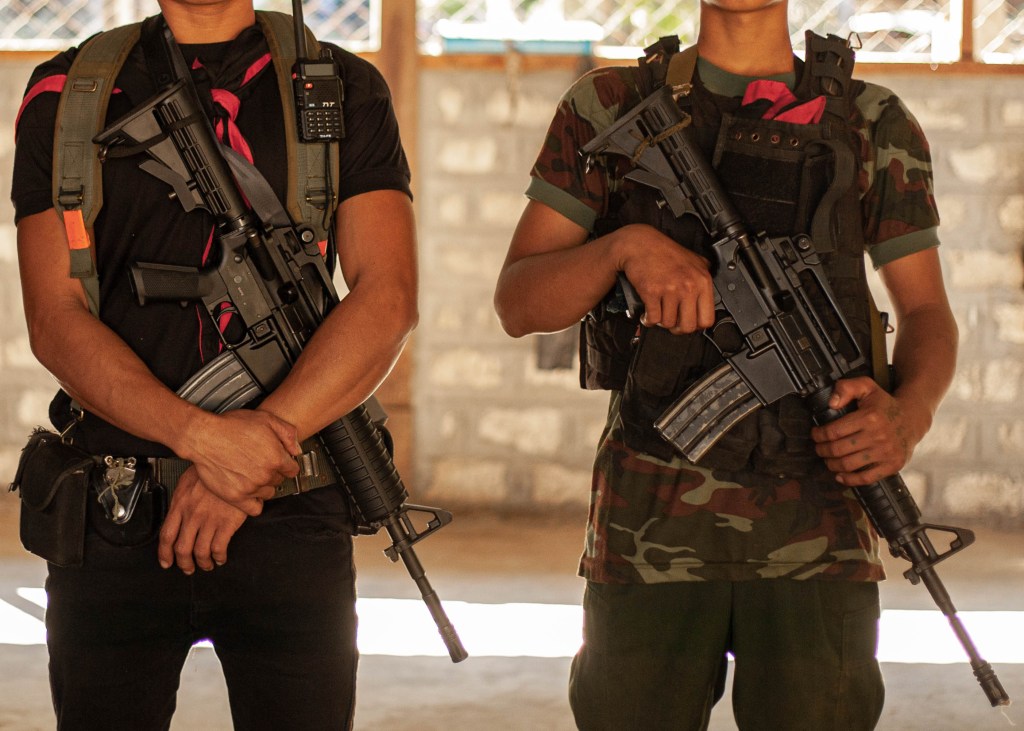This article originally appeared on Creators.
Dusty roadside travel scenes, lonely bikini-clad beachgoers, and sweeping landscapes are just a few of the subjects that grace the photos on display in a new group showing. The images are marked by errant light leaks, several are out of focus, and the exposure is never quite perfect — but that’s all part of the appeal and what makes the exhibition so memorable. Noticing increasingly-curated Instagram feeds filled with touched-up images, Matt Titone, founding partner of LA-based creative agency ITAL/C and surf lifestyle publication Indoek, sought to bring some of the spontaneity back to photography by taking the medium back to basics.
Videos by VICE
Instead of handing over the keys to his site’s Instagram account for a take-over by a professional photographer, he sent some of his favorite artists a disposable camera with no directive. The eclectic results are on display in 27 Frames, opening January 12 at downtown LA’s Think Tank Gallery.
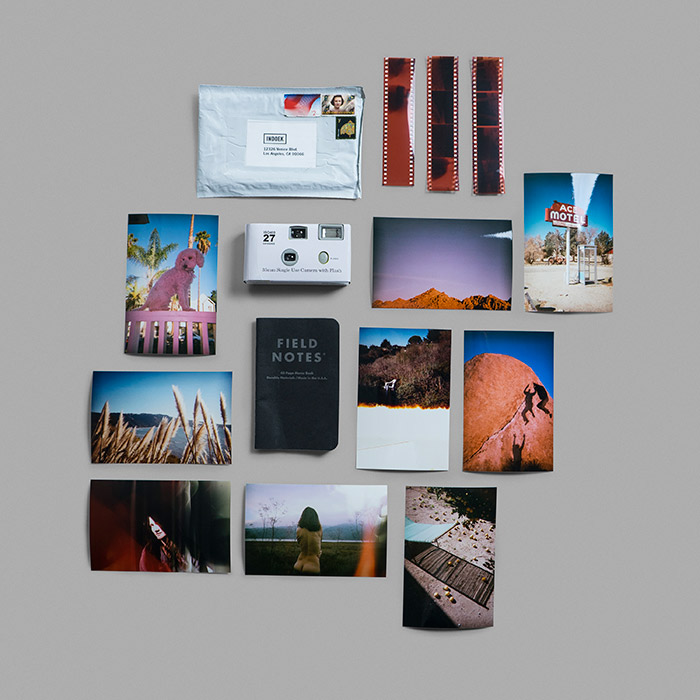
Prints on prints on prints… Credit: Matt Titone
“We are all so used to instant gratification these days and perfectly-polished digital photos, we just thought it’d be funny to see what the pros shot on the cheapest film cameras out there and hear the stories that went along with the process,” Titone tells The Creators Project. “The results have been truly interesting and there have been a lot of surprises for everyone involved along the way.”
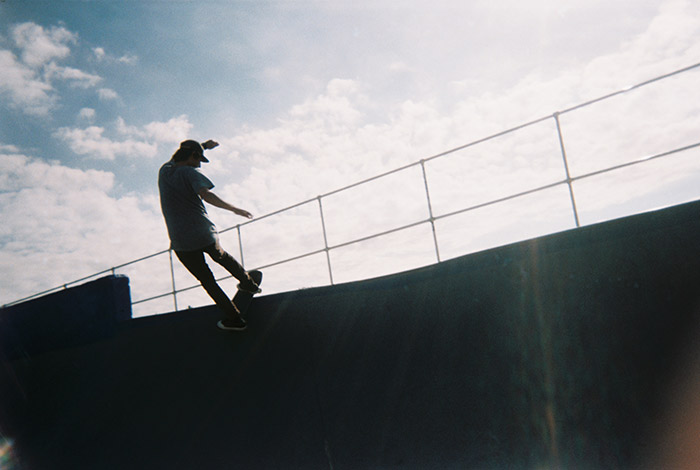
God light at the skatepark. Credit: Read McKendree
One of those surprises comes from photographer Chris Burkard, a globetrotting commercial and sports photographer who shoots for everyone from core surf magazines to Apple and Toyota. For Burkard, throwing the plastic disposable camera in his bag alongside his state-of-the-art digital gear brought him closer to his subjects and the craft.
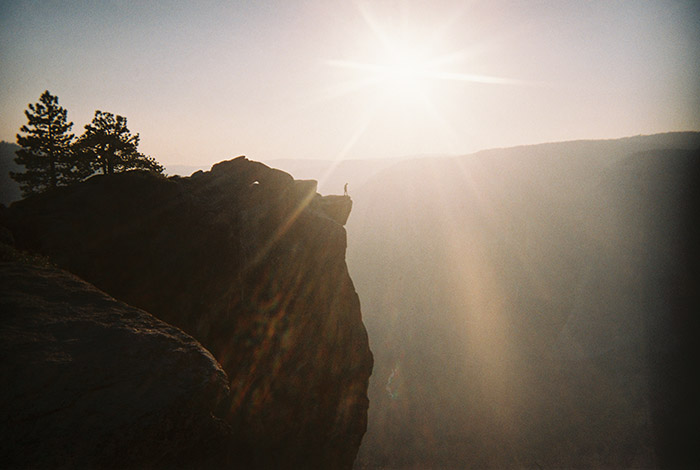
An iconic vista through a new lens. Credit: Chris Burkard
“It reminds me that the experience should always come first,” Burkard says. “You should always treat everything like you have a limited amount of photographs. Just firing unconsciously really takes you away from the art. This was reinvigorating.”
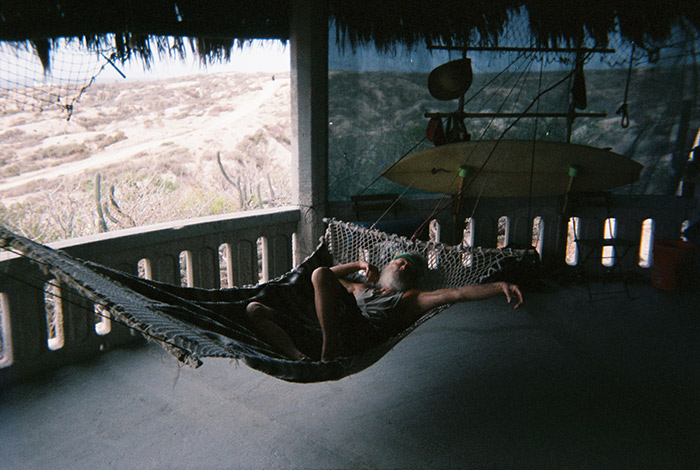
Self-care time is always off the clock. Credit: Mark McInnis
Disposable cameras are about as simple as photography gets. They don’t allow for any exposure compensation, focusing, or any of the other myriad tools photographers are accustomed to using. Most importantly, there’s no LCD screen to glance down at after firing a shot.

Line it up and fire. Flash optional. Credit: Matt Titone
“It was fun to not align myself with looking at the image,” Burkard adds. “I never even had the film when it was developed. I gave the camera back and they showed me the pictures a few months later. It was like a Christmas present. I had that nostalgic feeling that I hadn’t had in a long time.”

Letting the light do the heavy lifting. Credit: Rob Kulisek
While Burkard shoots the bulk of his commercial work on digital equipment, a few of the photographers rely more heavily on film for their professional work. Santa Barbara-based Will Adler is known for his film-centric dreamy take on California beach culture. Picking up a disposable was less of a creative stretch, but presented a whole new freedom.
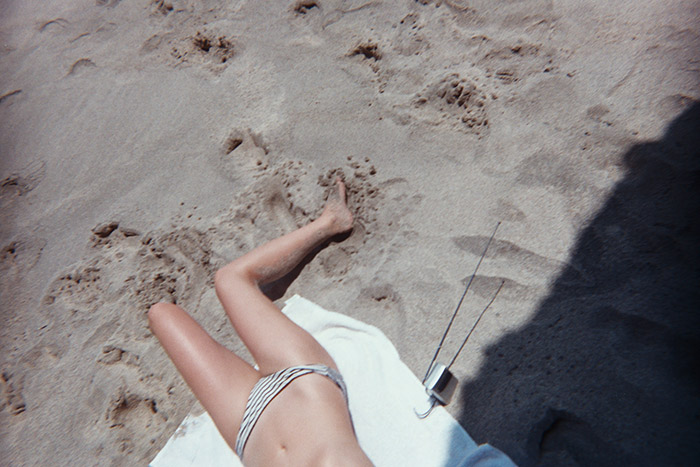
Shade and shadows. Credit: Will Adler
“It became more about what I chose to take a picture of, rather than how I took it,” explains Adler. “I intentionally shot the photos the way a camera like that functions: a snapshot.”
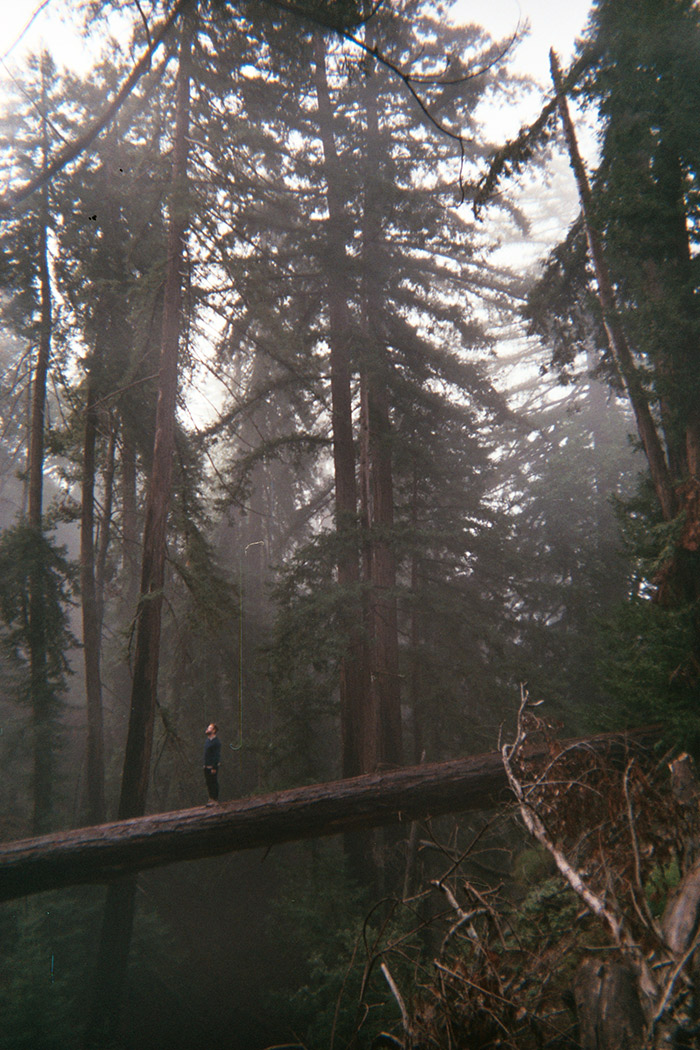
Howling at the trees. Credit: Laura Austin
The show features 88 prints from 30 photographers. All of the proceeds from 27 Frames go toward the Surfrider Foundation. The exhibition opens at Think Tank Gallery on January 12.
Related:
5 Photographers Who Are Hitting Big in 2016
“What Is This, A Gallery For Ants?” Yes.
Film’s Not Dead (Yet): New Efforts Beckon A Return To Analog Photography


